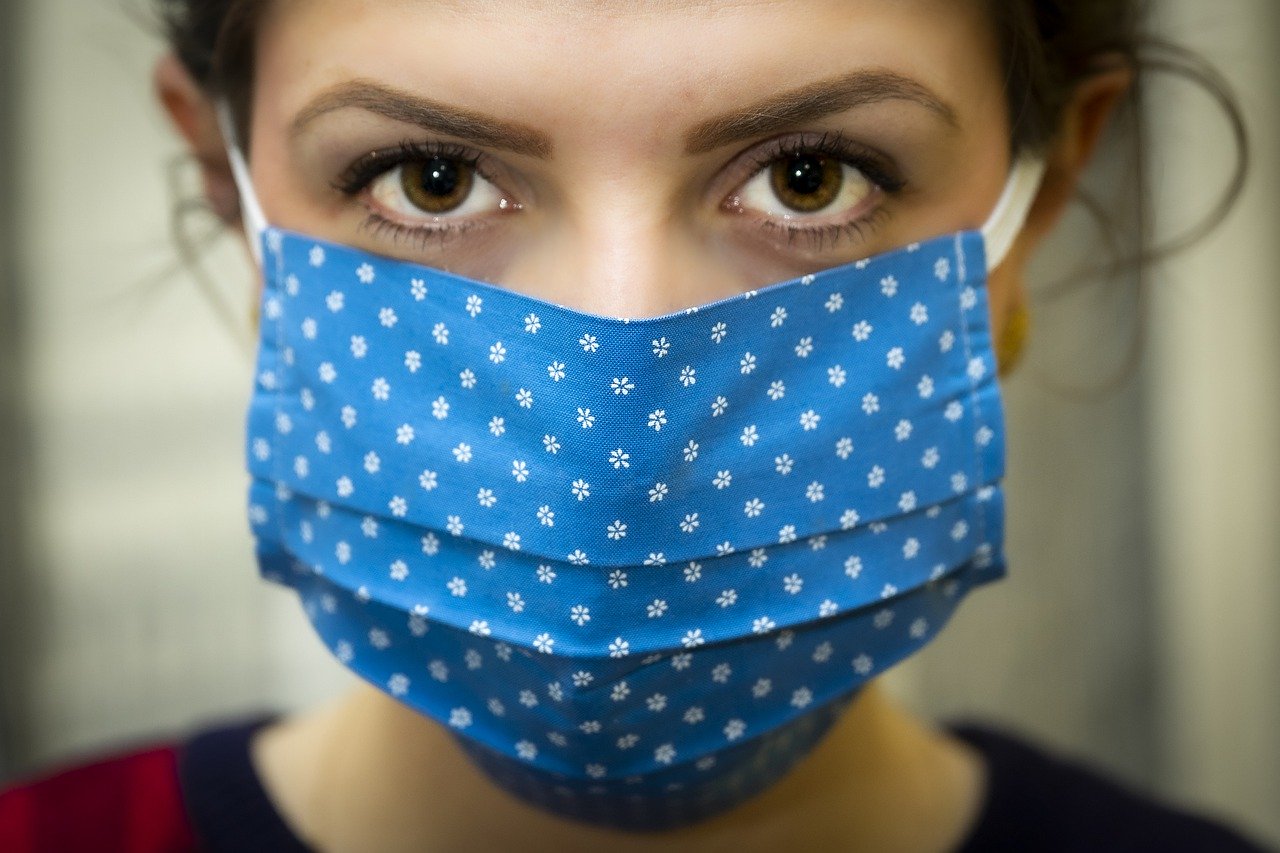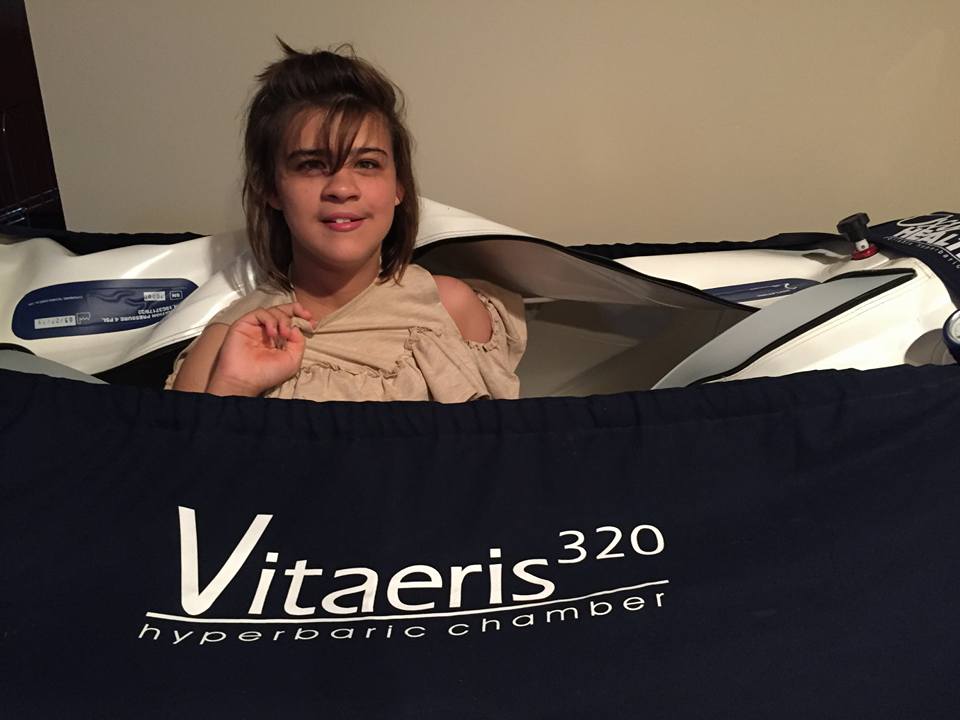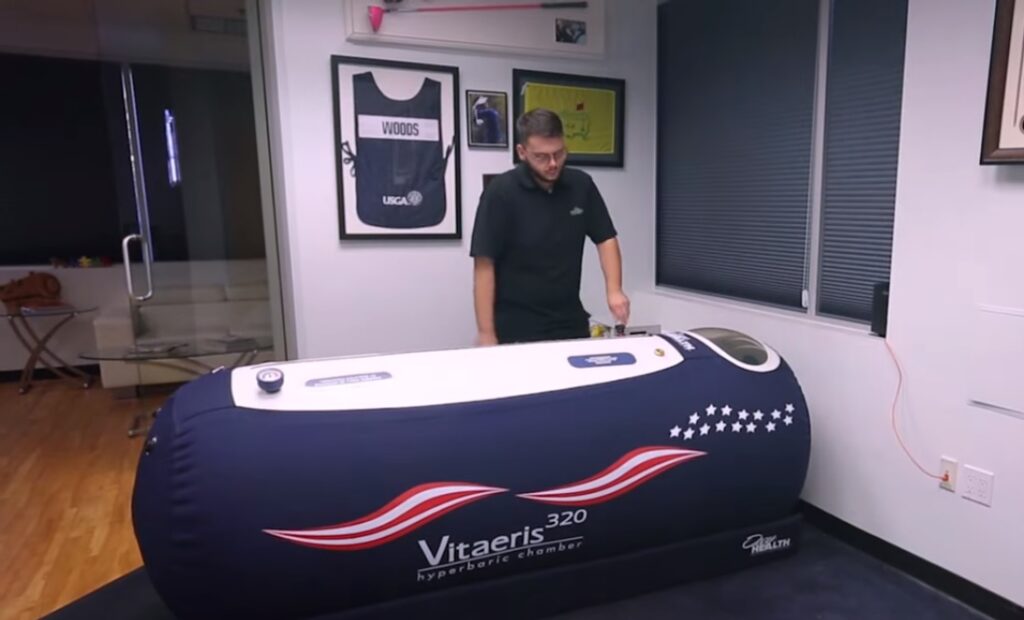The global coronavirus pandemic has sent medical researchers around the world on a race to find an effective treatment option for the COVID-19 infection. Pharmaceutical drugs as well as therapies of all kinds are being suggested as physicians and researchers are working together to find a way to save patients suffering from severe cases of the novel coronavirus infection.
Shortness of breath, cough, and fever are some of the common symptoms of COVID-19. Confusion, chest pain, and acute breathing problems may occur in patients with severe infection. Most patients who develop a severe COVID-19 infection have to eventually be put on ventilator.
This has led to a shortage of ventilators at hospitals, where healthcare professionals are being overwhelmed by the number of patients suffering from severe respiratory distress brought on by the coronavirus. This infection can also lead to extremely low blood oxygen levels in some patients, a condition which is known as progressive hypoxemia in medical parlance.
The Role of Hyperbaric Therapy in COVID-19 Treatment
Many studies and clinical trials have demonstrated the effectiveness of hyperbaric therapy in treating COVID-19 patients. Hyperbaric therapy is frequently used to increase the supply of oxygen in the body and brain of a patient. Hence, this well-known oxygen therapy can easily be adapted to help coronavirus patients who are suffering from progressive hypoxemia and respiratory distress.
In 1918, dying Spanish Flu patients were also treated effectively with the help of hyperbaric oxygen therapy. The Spanish Flu pandemic which rocked the world about a century ago had much in common with COVID-19. Both were lung infections which compromised a patient’s ability to absorb sufficient amounts of oxygen for the sustenance of life. The fact that hyperbaric therapy could help Spanish Flu patients recover has, therefore, given researchers hope that it could do the same for COVID-19 patients.
Hyperbaric therapy helps dissolve oxygen in the alveolar and inflammatory barrier and increases the diffusion rate of oxygen in the body. The dissolution of available oxygen in the blood plasma is hastened and the oxygen saturation of hemoglobin present in the red blood cells is also increased. This, in turn, helps with the delivery of oxygen to the tissues for microcirculation.
All of the above-mentioned factors combined result in a reversal of the downward spiral, allowing critical patients to stabilize and absorb the required amount of oxygen once again. This, in turn, decreases the need for ventilators and can enable doctors to save more lives than before. The effects of hyperbaric therapy do not dissipate even after the patient leaves the chamber, which is what makes it one of the most effective treatment options for COVID-19.
The Effect of Rising Hyperbaric Chamber Costs
One major consequence of the growing awareness about the efficacy of hyperbaric therapy for COVID-19 treatment is the rising cost of HBOT chambers and equipment. As the demand for hyperbaric therapy grows among patients suffering from acute respiratory distress, the prices of personal and commercial hyperbaric chambers seem to be climbing higher.
The problem is further exacerbated by the fact that the use of hyperbaric therapy for COVID-19 treatment has not been approved by the US Food and Drug Administration (FDA). Hence, hyperbaric therapy for COVID-19 is considered to be an off-label treatment, which means that it is not covered by most health insurance policies.
Patients who want to avail this treatment to ease their COVID-induced respiratory problems need to provide their consent to the hospital and pay out-of-pocket for the therapy. This pushes the hyperbaric chamber cost even higher up, making it out of reach for many patients who may have benefitted from it otherwise.
Many studies and clinical trials are currently underway to prove the efficacy of HBOT for COVID-19. Hopefully, this will soon turn hyperbaric therapy into an FDA-approved on-label treatment option for the novel coronavirus infection. If this occurs, then patients will be able to use their insurance coverage to pay for HBOT in case it is recommended by their doctor.
How to Avail Hyperbaric Treatment for COVID-19?
Many hospitals around the US and the world are now trying to use hyperbaric therapy to reduce the need for ventilators among coronavirus patients. This dependence on ventilators has led to a global shortage, due to which many patients are losing their lives, as there are not enough ventilators to support the growing number of infected individuals.
If the hospital offers hyperbaric therapy for COVID-19, then patients will need to explicitly consent to this treatment option before it can be administered. After consenting, they will have to enter a hyperbaric chamber, which is essentially a sealed vessel typically made from plastic or metal. Inside this vessel, pure oxygen will be administered to the patient at heightened levels of atmospheric pressure.
Concluding Note
While many physicians and healthcare professionals understand the role that hyperbaric therapy can play in helping patients recover from the COVID-19 infection, the rising hyperbaric chamber costs have created a barrier between patients and the healthcare they need. If this treatment option can be made more affordable, many people across the country will benefit greatly, over the course of the pandemic.




